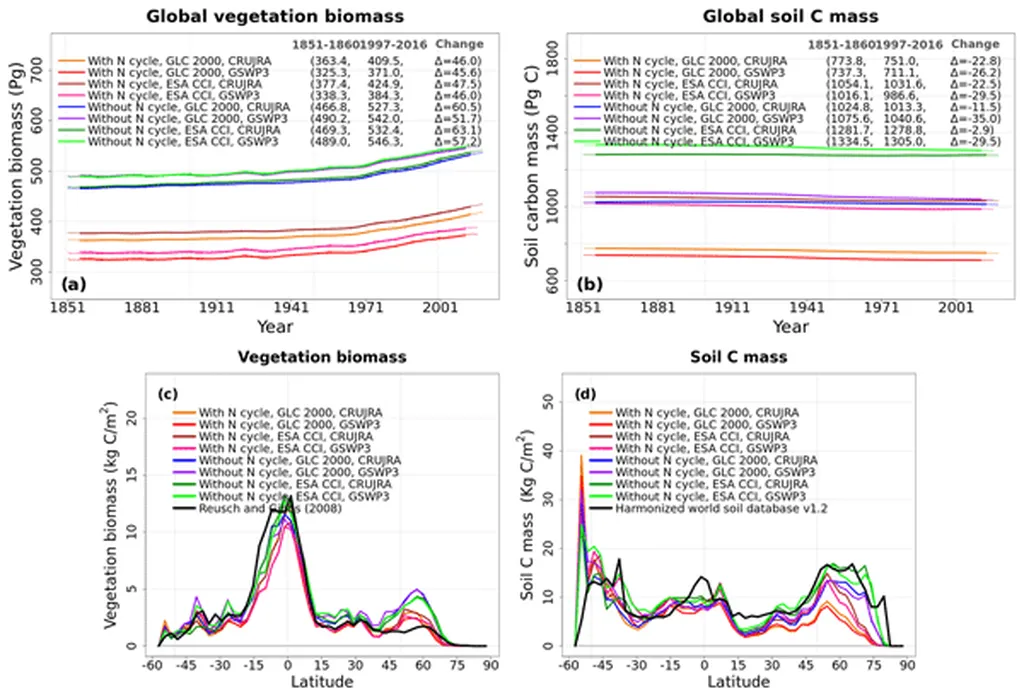In a significant stride towards enhancing land surface modeling, researchers have introduced OpenBench, an open-source benchmarking system designed to evaluate the latest land surface models (LSMs). Developed by Z. Wei from the Southern Marine Science and Engineering Guangdong Laboratory (Zhuhai) and the School of Atmospheric Sciences at Sun Yat-sen University in Guangzhou, China, OpenBench aims to address critical gaps in current evaluation frameworks, offering a comprehensive and adaptable tool for model assessment.
Land surface models are pivotal in understanding and predicting climate change, water resource management, and agricultural planning. As these models grow in complexity and resolution, the need for robust evaluation systems becomes paramount. OpenBench steps into this role by integrating processes that encompass human activities, supporting arbitrary spatiotemporal resolutions, and providing advanced visualization capabilities.
“We saw a need for a system that could handle the increasing complexity of land surface models,” said Wei. “OpenBench is designed to be a flexible, comprehensive tool that can adapt to the evolving needs of the research community.”
One of the standout features of OpenBench is its ability to automate the management of multiple reference datasets, a capability that significantly streamlines the evaluation process. The system also supports both station-based and gridded data evaluations, making it versatile for various applications. By utilizing a range of metrics and normalized scoring indices, OpenBench offers a holistic assessment of model performance across different aspects.
The potential commercial impacts for the energy sector are substantial. Accurate land surface models are crucial for renewable energy planning, particularly in solar and wind energy, where understanding local climate conditions is essential. OpenBench’s advanced evaluation capabilities can help refine these models, leading to more efficient and reliable energy solutions.
“OpenBench provides a standardized framework for model assessment and improvement,” Wei explained. “Its modular architecture allows for seamless integration of new models, variables, and evaluation metrics, ensuring adaptability to emerging research needs.”
The system’s value is further demonstrated through case studies on river discharge, urban heat flux, and agricultural modeling. These studies highlight OpenBench’s ability to identify model strengths and limitations across different spatiotemporal scales and processes. By offering a comprehensive evaluation tool, OpenBench not only aids in model development but also supports operational applications in various fields.
Published in the journal ‘Geoscientific Model Development’ (translated to English as ‘Geoscientific Model Development’), this research marks a significant advancement in the field of land surface modeling. As the energy sector continues to evolve, tools like OpenBench will be instrumental in driving innovation and improving the accuracy of climate and energy models.
The introduction of OpenBench represents a pivotal moment in the field of land surface modeling. Its comprehensive evaluation capabilities and efficient computational architecture make it a valuable asset for researchers and practitioners alike. By providing a standardized, extensible framework for model assessment, OpenBench is poised to shape the future of land surface modeling and its applications in the energy sector and beyond.

